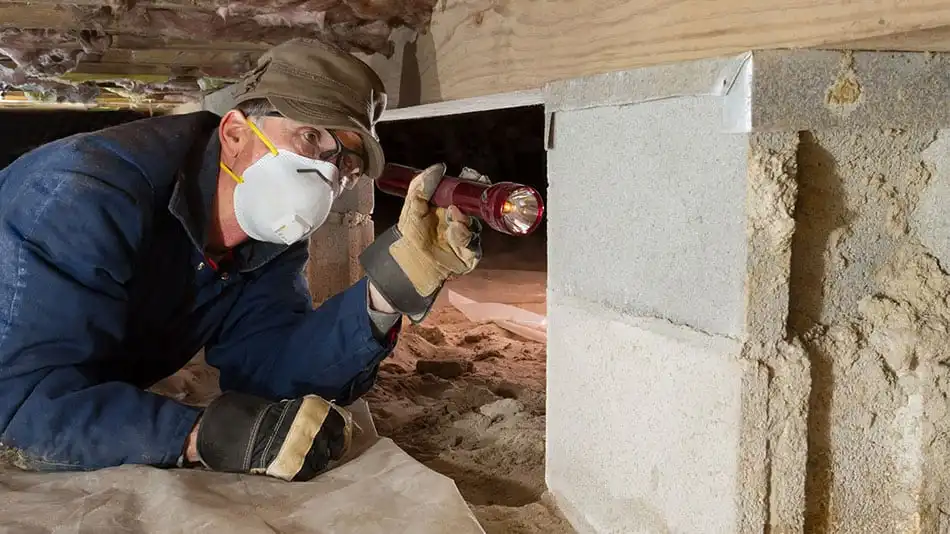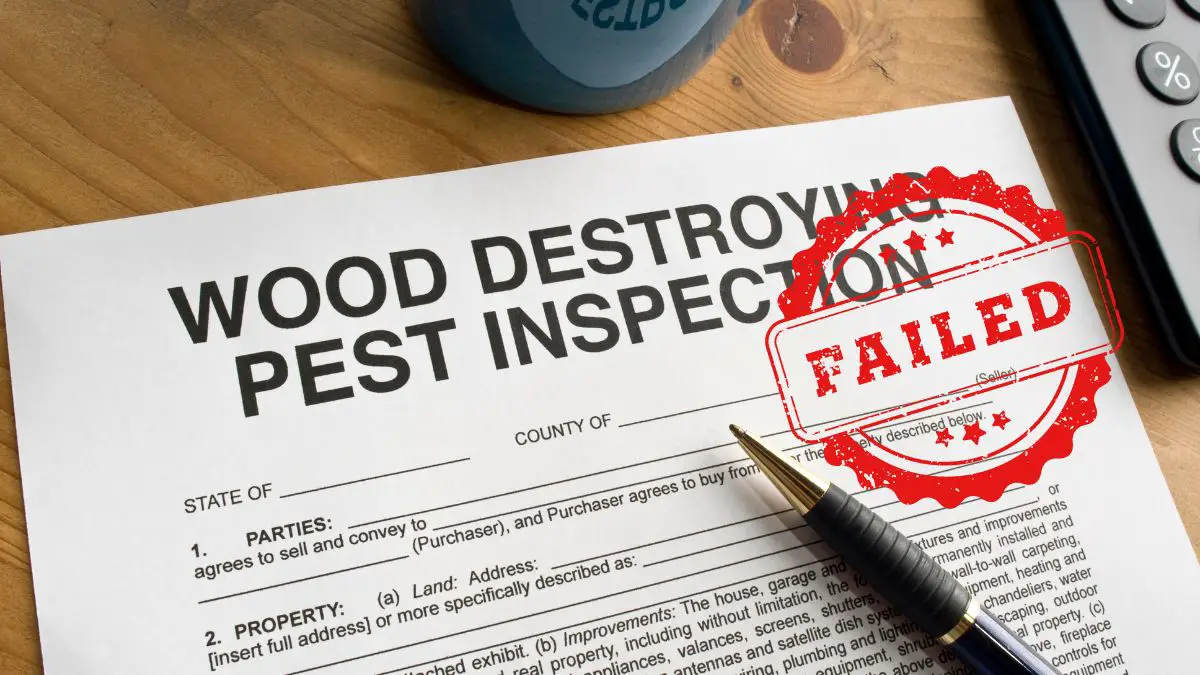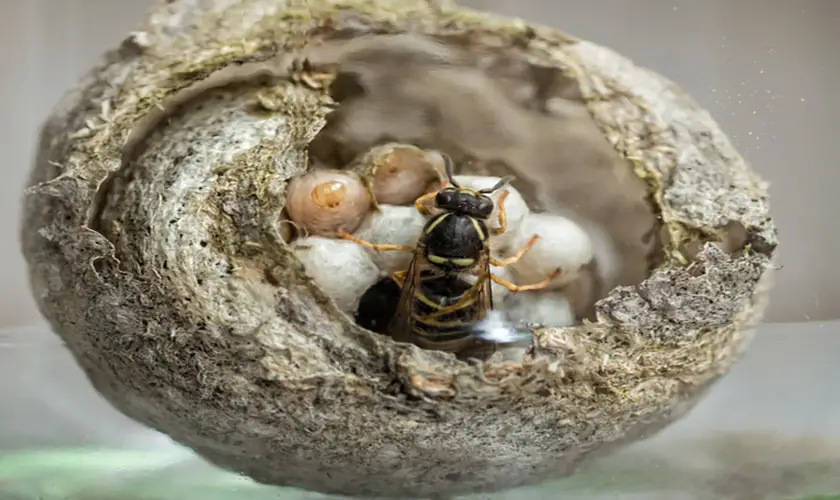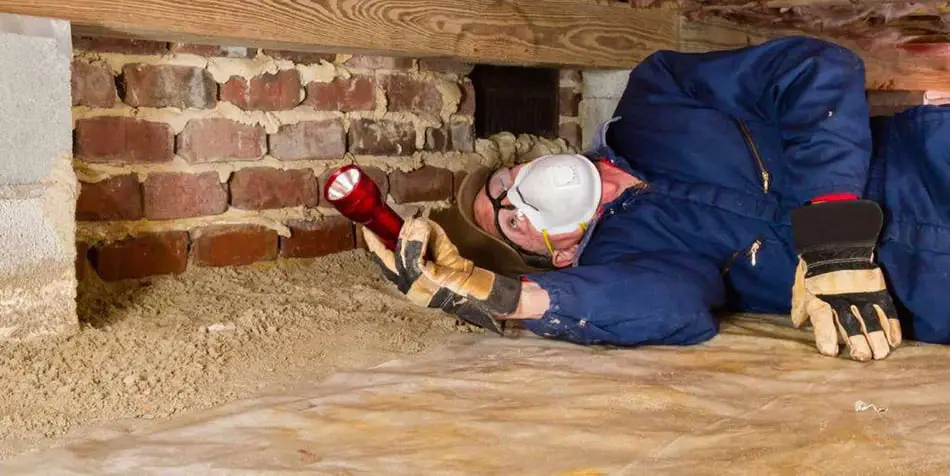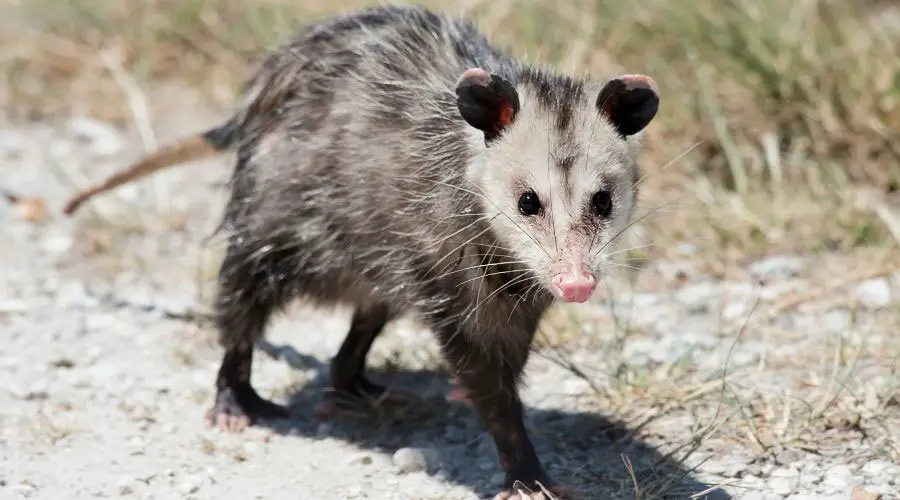
Do you happen to have strange noises outside at night? Maybe your trash is getting tossed around. If that is the case, you might have a possum or two causing you some problems. Possums can be dangerous; they can carry diseases infecting you or your pets. But how do you trap and release them?
You should set traps in areas where the possums are seen frequently or where you see the damage caused by them. Using the right food as bait will also dictate your success. Using sweet fruits, canned pet food, or fish are some of the most recommended baits for possums.
Consider setting a small trail of bait into the trap to entice the possums into it. While trapping the possums, you should check in all cages every few hours once the cell has bait inside. This way, the trapped animals are dealt with humanely and not left in a tight enclosure for hours, making them very scared and anxious.
Get FREE quotes from licensed pest control technicians in your area today. Whether you need spraying for ants, roaches, spiders, ticks, mosquitos, or bed bugs, We Can Help! All technicians are screened, licensed, and insured.
There is much more to be said about trapping and releasing possums. As you continue to read, you will find more baits you can use, what traps to get, and where are optimal areas where you should release the possums back into the wild and away from your property.
Possum Description And Biology
Possums are a relatively docile species of marsupial. While there are instances where possums have attacked people and animals, it is very uncommon. Typical possums will play dead when threatened and release a foul-smelling odor from their anal glands for self-defense.
The possums’ repulsive odor can be smelled from quite a distance away, making these guys quite annoying when they get into crawl spaces, garages, under your house and deck, among other small areas.
They are roughly 2 to 3 feet long, including the tail, and have a white face with a pinkish nose and long light grey hair down their body with a scaly tail like a rat. Being roughly the size of an ordinary house cat, these guys can weigh up to 15 pounds.
While possums have their list of diseases they carry, they tend to be quite resistant to rabies. However, possums are a primary carrier of a condition that can be very deadly to horses called Protozoal Myeloencephalitis. If you keep horses, possums should be on your priority list. Keeping them away from your horses and their feed is imperative.
A Possums Habits
The possum is a timid and solitary being that is only seen because it is out at night. In the glow of car headlights, you can commonly see a possum feeding on animals killed by traffic near highways.
Individual possums spend most of their lives within a 40-acre area, while opossums prefer to roam regularly and change their home sites. When chased, possums often scale trees or brush piles to flee.
When scared, the animal lies down on its side, closes its eyes, and becomes limp. With its pulse slowing to collapse, the possum is “playing possum.” The possum is likely to recover from this reaction, which is a nervous shock.
For more, see Possum vs. Opossum: 10 Things You Should Know.
How To Trap a Possum
1. Traps
When it comes to trapping a possum, there are several things to consider. Firstly let us talk about the types of traps you can use when taking on this task. Traps for possums come in 2 different types found on Amazon. You can choose either one door or a two-door trap.
Professionals favor the singular door trap. This is due to their simplicity while also providing better bait protection. This does not discredit the two-door trap, however.
With the two-door trap, you can expect a higher catch rate, mainly because if you set up both doors to trigger, the animals you are trying to trap can see straight through the cage. This can ease the minds of some cage-shy animals, making them easier to catch.
2. Trap Placement
When it comes to determining the best places to put your traps, there are a few options. The best place to put the traps is inside or near the den of the possum you are trying to capture. The possum spends most of its time in this area, making it more likely to walk into the trap and trigger it.
However, if you cannot find their den’s location, there are other options. Naturally, an excellent place to put traps for any pesky creature is in areas where you have seen the most activity. Whether from foraging for food or damage to your home, these are great alternative spots for traps if you can not find the location of their den.
If you have seen or heard possums in your attic, garage, or shed. Some other places to consider a trap are in the middle of that room. If the possums live in areas too small for you to squeeze into reliably, such as under your porch or deck, place the trap between 3 to 5 feet from the entrance you suspect they are using to access inside.
When placing your traps, put them on an even, level surface for the best outcome. Uneven traps can slip and fall when the animal you are trying to trap enters, making them quite scared and aware of the cage in the future. Also, try your best to keep the lure out of sunlight that will heat the trap’s metal after long hours of exposure which will burn the feet of the possums when they enter it.
3. Baits For Possums
Once you have placed your traps in areas you deem fittest, it is time to bait them. When it comes to bait for possums, you can consider a few options. Because possums scavenge for any edible food for them, there is no “best” bait to use, meaning there are no baits with better success rates than others.
Possums have a perfect sense of smell. That being said, the bait you should use are those that have a pungent odor. Fish or meat that is close to expiring is a good choice for this. Cans of wet pet food trapping these pests are also good bait sources.
Possums are also very keen to fruit. Apples, oranges, really any kind of ripe fruit will attract possums to the traps. There have even been reports of aniseed oil on crackers or bread being another alternative bait for possums.
One helpful tip for trapping any animal is to put a bit of the bait at the trap’s opening to lead the animal you wish to trap to the right end of it, leading to a better catch rate.
Many people mistake poison bait for certain bait, but it isn’t. Poison bait doesn’t need a trap to do the dirty work because it isn’t a bait form. The drawback of this kind of lure is that it is highly poisonous.
Since opossums are inquisitive creatures similar to cats and dogs in certain respects, it is impossible to hide the toxin from domestic animals or even infants.
This method also requires you to locate and dispose of the carcass, which is more unpleasant than relocating the opossum after being caught in the trap.
Once the traps are successfully set and baited, it is time to sit and wait. Remember to check the cage every few hours. If you have successfully trapped an animal, the longer they sit in the cell, the more anxious and scared they will get, making the last step more difficult.
You Have Caught A Possum!
Once you have successfully captured a possum, it is time to enact the final step, removal. The first thing is first to wear heavy gloves when handling the trap. While possums are not very aggressive, they can still bite and scratch in defense.
With gloves, drape a towel or a bedsheet over the cage. This will keep the possum calm. What they can not see will not hurt them, like out of sight, out of mind. Next is to get a box or a small stack of newspapers to catch the possum’s excrement when transporting them in your vehicle.
When carrying the possum in its cage, hold the pen away from your body to prevent potential scratches. Carry the cell and possum out to your vehicle and set them down in the box or on the newspaper.
The last thing you will need to do is drive the possum out to a forested area at least 5 miles away from your home or any other residential area. Set the trap down carefully, remove the cover you chose to keep the possum calm, and open the cage.
Usually, most trapped animals will flee at the first chance they get. However, we are dealing with possums whose primary defense is to play dead and get stinky.
So often, when releasing possums, the best thing to do is open the cage, stand back maybe 10 feet, and wait. Eventually, the possum will come to and walk or run out of the cell and out of your hair.
Final Thoughts
While possums are not the worst pest to deal with, they can still be quite annoying. That being said, if you keep horses, possums can be life-threatening to them, and you will need to keep them away from your horses above all else.
Hopefully, this article has provided you with the information you have been looking for when trapping and releasing possums and removing them permanently.
Get FREE quotes from licensed pest control technicians in your area today. Whether you need spraying for ants, roaches, spiders, ticks, mosquitos, or bed bugs, We Can Help! All technicians are screened, licensed, and insured.


